The Conservation Alliance for Seafood Solutions and FishChoice today released a first-of-its-kind resource aimed at helping seafood buyers make better and easier sustainable sourcing choices. Industry and conservation organizations hail FisheryProgress.org as a one-stop-shop for reliable information on the progress of fishery improvement projects (“FIPs”) worldwide.
“For industry’s conservation leaders, the question is no longer whether you’re sourcing from a FIP, it’s whether the FIP you’re sourcing from is making progress,” said John Silva of Lusamerica Fish. “For the first time, FisheryProgress.org makes it easy to find a reliable answer.”
Dozens of FIPs throughout the world bring suppliers, retailers, and food-service companies together with conservation groups and scientific experts to address environmental challenges in a fishery. Along with clear sustainability standards, public policy upgrades, and other interventions, FIPs make fisheries more sustainable by harnessing the private sector’s power to incentivize positive change.
Previously, access to detailed information about FIPs’ progress required searching dozens of websites. And even then, prospective buyers or conservation advocates faced inconsistent documentation and questions about the data’s reliability. FisheryProgress.org brings all of that data together on one site, using standard metrics to assess progress, and ensuring that data is independently verified.
FisheryProgress.org uses the Marine Stewardship Council (MSC) Fisheries Standard as a tool for measuring fishery performance and the progress fishery improvement projects make over time. Each project can choose whether to pursue MSC certification, or other alternative end goals, but using the same credible standard for measuring progress allows businesses to make better-informed decisions about participating in or sourcing from these fishery improvement projects.
“We work closely with our partners to transition their supply chains to sustainable resources, and fishery improvement projects are vital to this transition,” said Stephanie Bradley, Manager of Fishery Improvement Projects for the World Wildlife Fund – U.S., a Conservation Alliance member organization. “The value of a platform like FisheryProgress.org is that it collects important details about these projects and provides third-party verification of that information all in one place. This has the potential to build an easily accessible global profile of work, which in turn can provide more opportunities for seafood buyers to engage in transitioning fisheries and their supply chains.”
The Conservation Alliance released updated FIP guidelines in 2015. Noting that access to reliable FIP progress information remained a barrier to conservation groups considering recommendations and retail and food service buyers considering sourcing decisions, the Conservation Alliance commissioned the creation of FisheryProgress.org. FishChoice, a Conservation Alliance member organization with experience developing online tools for seafood businesses, will operate the site and verify data. FishChoice led the site’s development, informed by an advisory committee that also included other Conservation Alliance member organizations and industry representatives.
“FishChoice and the Conservation Alliance are all about bringing industry and conservation leaders together to overcome sustainability challenges,” said Richard Boot, founder and president of FishChoice. “FisheryProgress.org works for conservation and industry because it was designed in partnership with both.”
